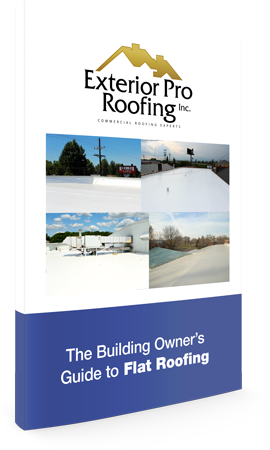Chasing leaks on metal roofs is more successful when your efforts are focused and you have an idea of where to look. And although the metal roofing industry encompasses many different types, profiles, and metal roof systems, these guide lines will help you identify areas of weakness or areas of maintenance and allow you to generate a more specific repair plan.

Metal roofs leak for many reason but you can place the leak prone areas into 4 categories , Leaks in the body of the roof, at transitions points in metal roof, at termination details, or at roof penetrations.
1. Leaks In The Body of The Roof
Roof leaks that occur on metal roofs in places other than a transition, termination, or roof penetration are almost always found in the body of the roof, in other words, in the metal roofing panel itself. These are leaks that can usually be found by doing a visual inspection of roofing material and are a great place to start your inspection-evaluation.
Check for:
- Missing, overtightened, loose, or miss aligned screws
- Puncture holes from debris
- Rust holes
- Standing seam metal roofing panels that have slid down the roof from expansion-contraction
Helpful Tip: If your metal roof begins to leak or if you are on the roof doing preventative maintenance, start your inspection by doing a visual inspection of entire roof. Start by looking for the leaks that are the easiest to find, beginning general and working towards a more detailed search can save time and gives the inspector perspective. If your metal roof is steep slope and difficult or dangerous to walk, you can use a good pair of binoculars to do a visual inspection from the ground.
2.Leaks At Transitions Points In The Roof
Transitions are places where the metal roof connects to another section of the roof or ties into a different type of roofing system. Depending on the type of metal roof, these areas can have a varying degree of detail and craftsmanship required to keep them dry. Pay close attention to the small details in these areas and especially in the valleys. Things that may appear insignificant may in fact be the leak you’re after.
Common Transitions
Pitch changes
Valleys
Transition from one roof plane to another of the same material
Transition from one roof plane to another of different material
Check for:
- Loose trims or gaps between Pieces
- Gaps or missing sealant / butyl tape
- Missing, loose, or miss aligned screws.
- Integrity of the seams where one metal roofing panel overlaps anther
Helpful Tip: In most cases the trim pieces commonly used in these transition areas are required to overlap by 6” and have two continuous beads of caulking or sealant between them. It is impossible to visually inspect and ensure that the sealant was installed without removing the trims but you can use a thin piece of sheet metal and try to slide it between the two pieces of trim. If you can slide the sheet metal probe in 6” or more this area was probably missed by the metal roof installer and may be the source of your leak.
3. Leaks At Termination Details
A termination detail is anywhere the metal roofing stops or ends. It is the periphery of the home or structure and the trims and counter flashing that hide the end of the metal panels.
Common Terminations
Ridge cap
Hip cap
Gable trims or rake trim
Coping cap on top of wall
Counter flashing on walls
Check for:
- Loose or missing pieces of ridge cap, hip cap, or coping cap
- Make sure water isn't running or blowing underneath caps
- Carefully inspect counter flashing where metal roof terminates into a parapet wall or stops at an end wall. Check integrity of sealant behind counter flashing to substrate and apply bead of sealant to the top of counter flashing if needed.
Helpful Tip: When you are inspecting a metal roof you will want to preform inspection when metal panels are dry and no snow or ice is on roof. Taking the following steps will make your inspection safer: 1) tie off your ladder to the gutter or roof line. If you should loose your footing a stable ladder can prevent a fall. Also metal surfaces are slick and on a windy day a ladder leaned against metal can blow over. 2) If you have to use the valley to walk in be careful where you step and avoid stepping directly on hip or ridge cap as you can permanently dent the trim. 3) Use fall protection for roofs over a 4/12 pitch and try not to inspect the roof alone.
4. Leaks Around Roof Penetrations
Penetrations are places where pipes, vents, and mechanical supports pass through the metal roof. The holes in the metal roof must be flashed in. These areas are common leak spots because they will depend on caulking, sealant, butyl tape, or pitch pan sealer to keep water out of building. The flashings should be examined as a part of a regular preventative maintenance plan.
Common Penetration 
Plumbing vents
HVAC curbs
Skylights
Chimneys
Check for:
- Degraded sealant around flashing
- Cracked seals on flashings where they meet the metal deck
- gaps in metal trims on corners of HVAC curbs
Helpful Tip: The sealant, caulking, butyl tape, and pitch pan filler exposed to the elements will not last as long as your metal roof. Checking sealants and re-applying them is considered maintenance by the roofing industry. Knowing and understanding this will help you manage your metal roofs performance







